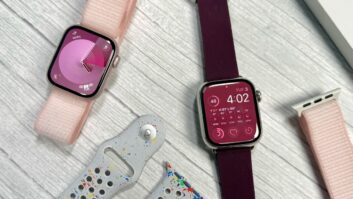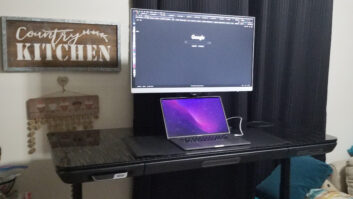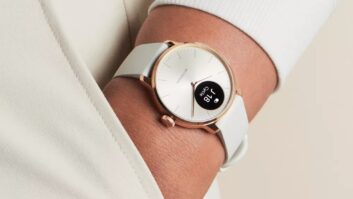Corporate and industrial applications, rather than much-publicized consumer use cases, will be the initial drivers of the wearable device market.
In the enterprise space, compelling uses for wearable devices are coalescing. In the consumer market, dynamics are more complicated.
Consumers are more fashion conscious and price sensitive than corporate and industrial workers. As such, use of wearable devices by consumers will be limited until prices drop and the aesthetics of wearable devices become more like prescription lenses, sunglasses or jewellery.
The consumer market will also accelerate when workers become more familiar with the devices and discover personal applications.
The first wave of wearable innovation is unfolding in labor-intensive professions where workers do not sit at desks, such as construction, agriculture, manufacturing, medical, oil and gas, and retail. For instance, delivery and retail personnel who work with their hands may gravitate toward a display that projects information in the upper right frame of their field of vision.
Immersive displays that occupy a worker’s full field of vision may be useful to those who need to follow step-by-step or detailed instructions such as construction workers following virtual building plans or doctors performing delicate surgery remotely in a telemedicine facility.
Wrist-worn displays, which are easier to access, more durable and less expensive than a tablet PC, are appealing in mining, construction and hospital work.
These devices have immediate value for industrial tasks where workers need to be on their feet, to have their hands free to use equipment, and to hold tools. Attachable to a person, they are more efficient than manually carrying a tablet PC, laptop PC or clipboard for field assignments.
Wearable technology also provides corporate workers in remote locations with real-time access to resources that may not be available locally. For example, a rigger on an offshore oil platform can use Internet-connected eyeglasses to send video to off-site experts to get advice on how best to fix an out-of-commission pump. Seeing the video, these office experts could assess the situation, provide proper clearance, and guide a rigger on how to repair the problem. Without using the eyeglasses, the process takes longer and costs more.
When proposing wearable devices to corporate IT managers, vendors, distributors and retailers should keep in mind the user interface and experience, and ascertain how size influences behavior. Rather than distract employees, wearable devices should empower them. The products should be intuitive and easy to use.
Also, enterprise workers will likely need longer wearable device access than a typical consumer electronics device. To extend battery life, companies should consider hibernation, back-up power sources, and disabling low-priority features.
Enterprise use cases for wearable devices are ripe with business value, helping to boost worker efficiency, enhance collaboration and speed decision-making. To get ahead in this market, enterprises and their suppliers should begin exploring how to put wearables to work.
To learn more, read Accenture’s recent report on “Putting Wearable Displays to Work in The Enterprise” and findings from its “Digital Consumer Tech Survey 2014”.
David Sovie is a managing director with Accenture’s communications, media and high-tech group. He can be reached at [email protected].













